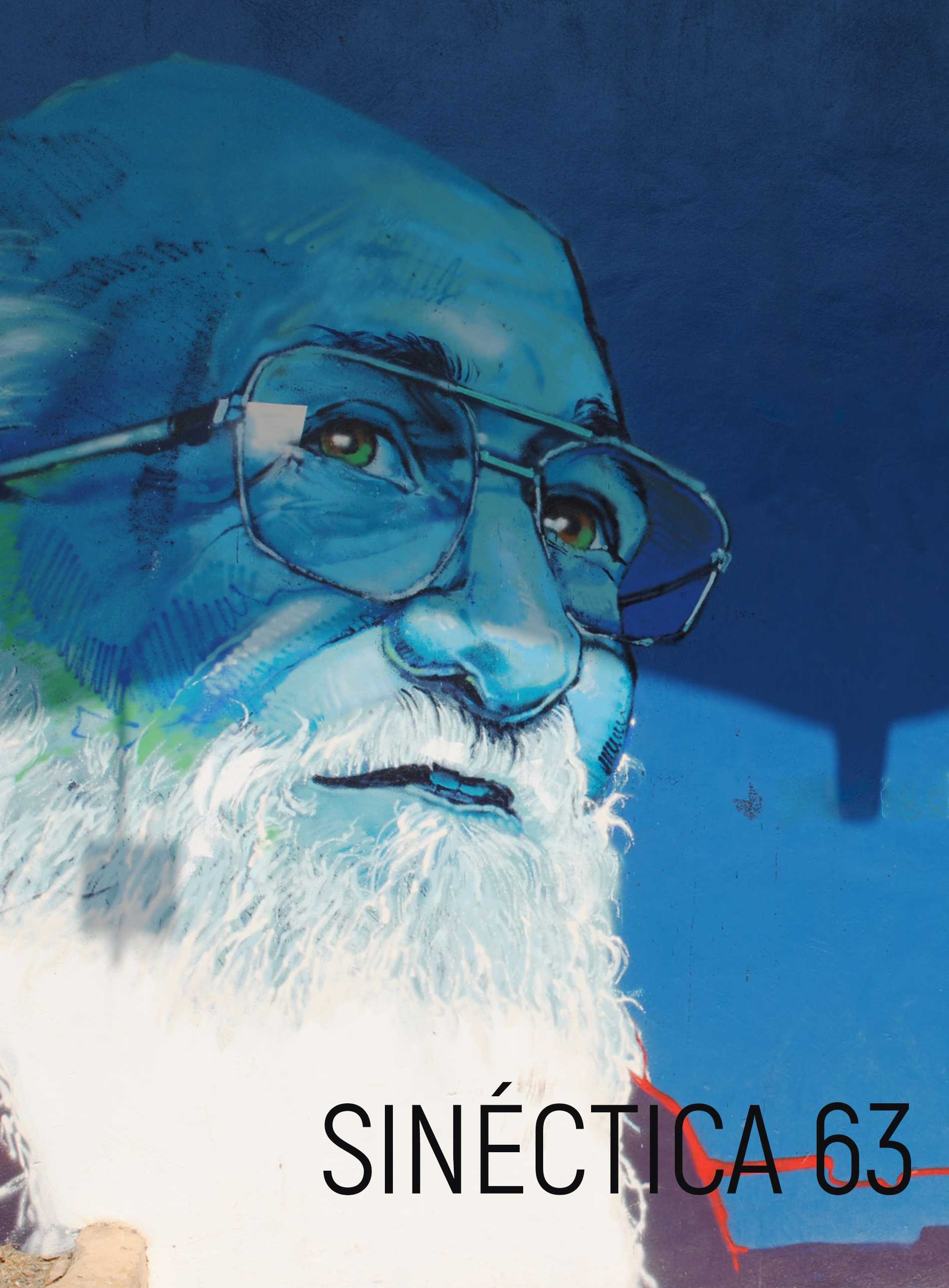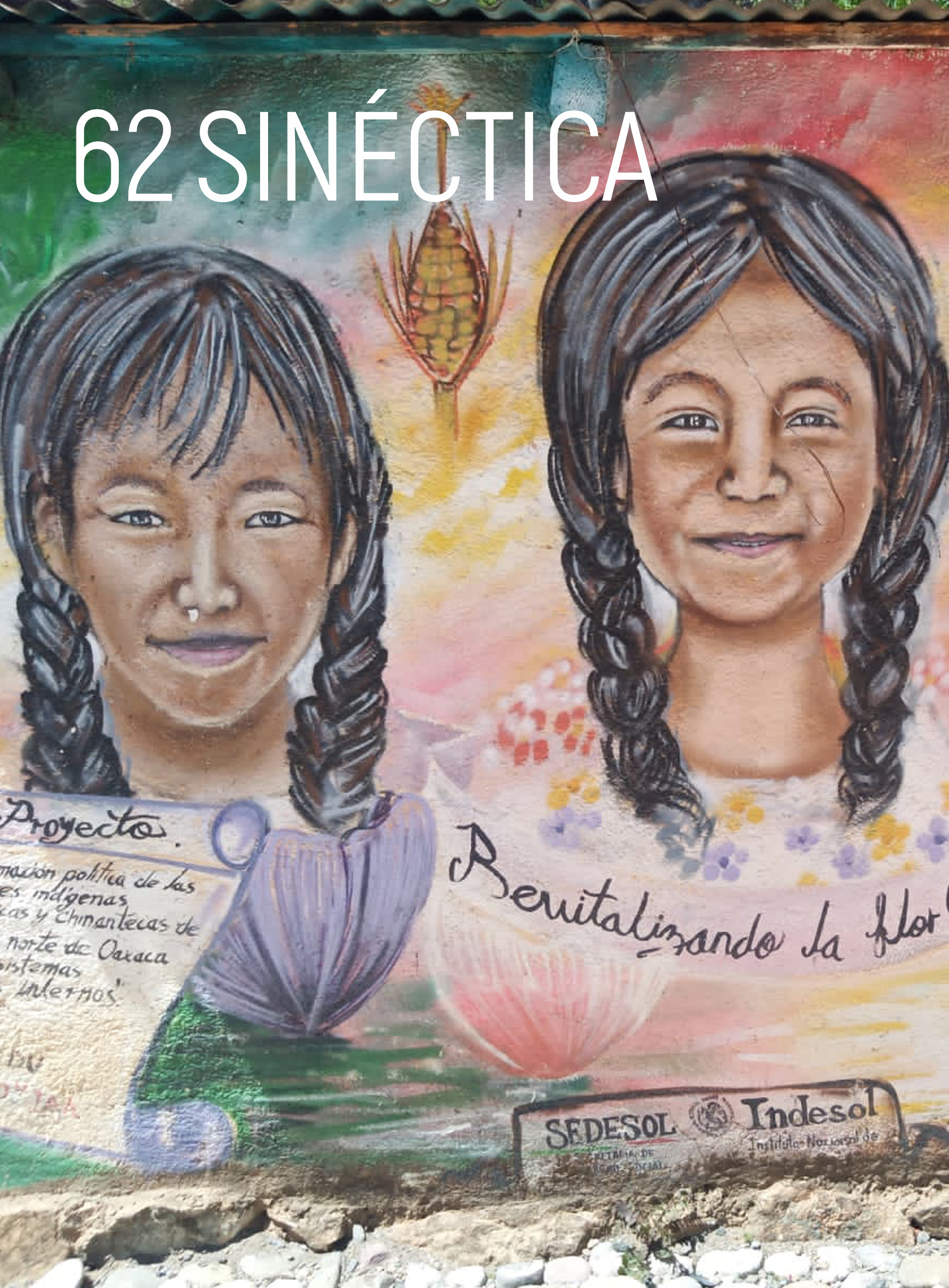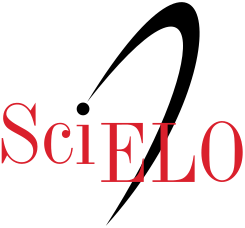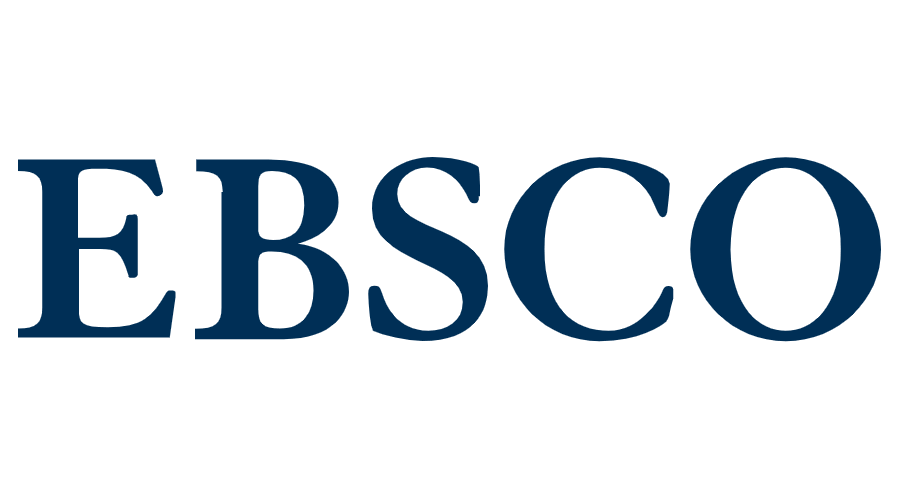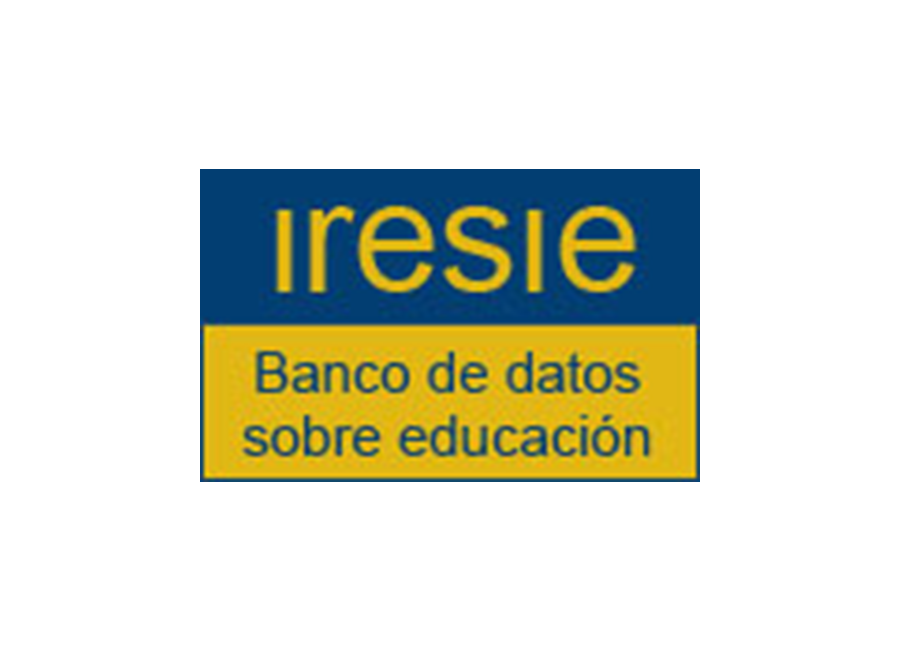Gamificación: lo que es no es siempre lo que ves
DOI:
https://doi.org/10.31391/S2007-7033(2022)0059-002Palabras clave:
gamificación, motivación, aprendizaje, universidadResumen
Entre los diversos retos que los docentes deben afrontar diario, está el transformar a un estudiante, en general, pasivo y poco involucrado en el proceso de enseñanza-aprendizaje, en una persona activa y creativa en su formación. En este contexto, la gamificación adquiere gran incidencia en la motivación y el compromiso del alumnado. Sin embargo, en muchas ocasiones lo que se presenta como gamificación no lo es, lo cual genera una gran confusión entre los docentes e, incluso, rechazo e incredulidad sobre su potencial. Por tanto, en este estudio se plantea una definición acorde con los postulados que los principales referentes en este ámbito han señalado durante la última década a fin de delimitar mejor lo que es gamificar, y no. Por último, se describe una propuesta de gamificación desarrollada en el contexto universitario, con la que se evidencia la viabilidad de ser fiel a los principios que deben definir un proyecto de gamificación, así como su idoneidad. De hecho, no solo se alcanzaron los objetivos previstos, sino que, además, el alumnado mostró una gran motivación e implicación en la propuesta, al valorarla en forma muy positiva.
Descargas
Citas
Bartle, R. (1996). Hearts, clubs, diamonds, spades: Players who suit MUDs. Journal of MUD research. https://bit.ly/35APBGV
Bayat, S., Kiliçarslan, H. & Şentürk, Ş. (2014). Analysing the effects of educational games in science and technology course on seventh grade students’ academic achievements. Bolu Abant İzzet Baysal University Journal of Faculty of Education, vol. 14, núm. 2, pp. 204-216. https://doi.org/10.17240/aibuefd.2014.14.2-5000091535
Bozkurt, A. & Durak, G. (2018). A systematic review of gamification research: In pursuit of homo ludens. International Journal of Game-Based Learning (IJGBL), vol. 8, núm. 3, pp. 15-33. https://doi.org/10.4018/IJGBL.2018070102
Burke, B. (2014). Gamify: How gamification motivates people to do extraordinary things. Routledge.
Chou, Y. K. (2019). Actionable gamification: Beyond points, badges, and leaderboards. Packt Publishing Ltd.
Csikszentmihalyi, M. (1997). Flow and education. NAMTA journal, vol. 22, núm. 2, pp. 2-35.
Deci, E. L. & Ryan, R. M. (2002). Handbook of self-determination research. University Rochester Press.
Deterding, S., Dixon, D., Khaled, R. & Nacke, L. (2011, septiembre). From game design elements to gamefulness: Defining gamification. En Proceedings of the 15th international academic MindTrek conference: Envisioning future media environments (pp. 9-15). Tampere, Finlandia.
Galbán-Lozano, S. E., Ortega-Barba, C. F. y Nicolás-Gavilán, M. T. (2020). Innovación en la enseñanza de la ética profesional en Derecho: el uso de las series de televisión. Revista Innovación Educativa, vol. 20, núm. 82, pp. 129-147. https://hdl.handle.net/20.500.12552/5581
Gentry, S. V., Gauthier, A., Ehrstrom, B. L., Wortley, D., Lilienthal, A., Car, L. T., Dauwels-Okutsu, S., Nikolaou, C. K., Zary, N., Campbell, J. & Car, J. (2019). Serious gaming and gamification education in health professions: Systematic review. Journal of Medical Internet Research, vol. 21, núm. 3. https://doi.org/ 10.2196/12994
Gris, G. & Bengtson, C. (2021). Assessment measures in game-based learning research: A systematic review. International Journal of Serious Games, vol. 8, núm. 1, pp. 3-26. https://doi.org/10.17083/ijsg.v8i1.383
Hajarian, M., Camilleri, M. A., Díaz, P. & Aedo, I. (2021). A taxonomy of online marketing methods. En M. A. Camilleri (ed.). Strategic corporate communication in the digital age (pp. 235-250). Emerald Publishing Limited, Bingley. https://doi.org/10.1108/978-1-80071-264-520211014
Kapp, K. M. (2012). The gamification of learning and instruction: Game-based methods and strategies for training and education. John Wiley & Sons.
Lazzaro, N. (2009). Why we play: Affect and the fun of games. En A. Sears & J. A. Jacki (eds.). Human-computer interaction: Designing for diverse users and domains (pp. 679-700). CRC Press.
Mann, J., Austin, T., Walls, A., Rozwell, C. & Drakos, N. (2012). Predicts 2013: Social and Collaboration Go Deeper and Wider. Gartner. https://www.gartner.com/en/documents/2254316/predicts-2013-social-and-collaboration-go-deeper-and-wid
Marczewski, A. (2018). Even ninja monkeys like to play: Unicorn edition. Gamified UK.
Mora, F. (2017). Neuroeducación. Solo se puede aprender aquello que se ama. Alianza Editorial.
Navarro-Mateos, C., Pérez- López, I. J. y Femia, P. (2021). La gamificación en el ámbito educativo español: revisión sistemática. Retos: nuevas tendencias en educación física, deporte y recreación, vol. 42, pp. 507-516. https://doi.org/10.47197/retos.v42i0.87384
Pérez-López, I. J. (2022). Opciones lúdicas en educación: aprendiendo desde la emoción. En M. A. Torres y L. Sánchez-Mesa (eds.). Hábitos de vida saludables y lucha contra la obesidad: los retos del derecho ante la salud alimentaria y la nutrición (pp. 257-279). Aranzadi.
Pérez-López, I. J. (2020). De las 7 Bolas de Dragón a los 7 Reinos de Poniente: viajando por la ficción para transformar la realidad. Copideporte, SL.
Pérez-López, I. J. (2019). Los (al menos) 7 pecados capitales en torno a la gamificación. Habilidad Motriz, núm. 53, pp. 2-4. https://bit.ly/35X63ks
Turner, I. J. & Plant, C. H. (2016). The Simpsons in higher education. Innovative Practice in Higher Education, vol. 2, núm. 3, pp. 14-28. https://bit.ly/3pN5Pnb
Van Gaalen, A. E. J., Brouwer, J., Schönrock-Adema, J., Bouwkamp-Timmer, T., Jaarsma, A. D. C. & Georgiadis, J. R. (2021). Gamification of health professions education: A systematic review. Advances in Health Sciences Education, vol. 26, núm. 2, pp. 683-711. https://doi.org/10.1007/s10459-020-10000-3
Werbach, K. (2014). (Re) defining gamification: A process approach. En International conference on persuasive technology (pp. 266.271). Springer, Cham.
Werbach, K. & Hunter, D. (2012). For the win: How game thinking can revolutionize your business. Wharton School Press.
Zichermann, G. & Cunningham, C. (2011). Gamification by design. O’Reilly.
Publicado
Número
Sección
Licencia
Derechos de autor 2022 Sinéctica

Esta obra está bajo una licencia internacional Creative Commons Atribución-NoComercial 4.0.

Esta obra está bajo una Licencia Creative Commons Atribución-NoComercial 4.0 Internacional.
Los autores que publican en Sinéctica están de acuerdo con los siguientes términos:
Los autores conservan los derechos de autor y otorgan a la revista el derecho de primera publicación de la obra autorizada simultáneamente bajo una licencia de atribución de Creative Commons, la cual permite a otros compartir el trabajo siempre y cuando se reconozca tanto la autoría de la obra como la publicación inicial en esta revista.
Los autores pueden celebrar acuerdos contractuales adicionales por separado para la distribución no exclusiva de la versión publicada de la revista (por ejemplo, publicarla en un repositorio institucional o en un libro), con el reconocimiento de su publicación inicial en esta revista.
Es permitido que los autores publiquen su trabajo en repositorios institucionales o en su propio sitio web antes y durante el proceso de envío, ya que puede generar intercambios productivos, así como una citación anterior y mayor del trabajo publicado.
Nota aclaratoria: A partir de 2017, Sinéctica se rige con base en la Licencia Creative
Commons Atribución-NoComercial 4.0 Internacional, versión que armoniza las licencias a nivel internacional.
Los artículos de 1992 a 2016 están bajo una Licencia de Creative Commons Reconocimiento-NoComercial-SinObraDerivada 4.0 Internacional, la cual permite compartir y distribuir una obra sin fines comerciales y con reconocimiento del autor, pero prohíbe modificar la creación original.



